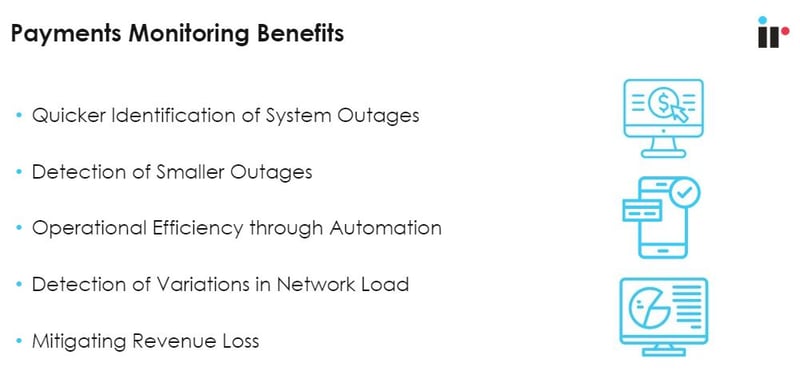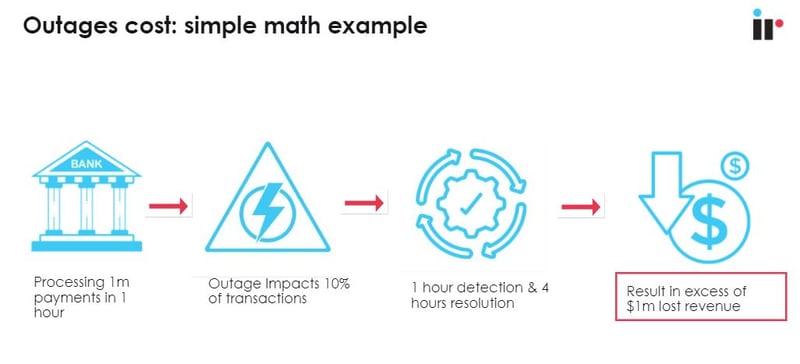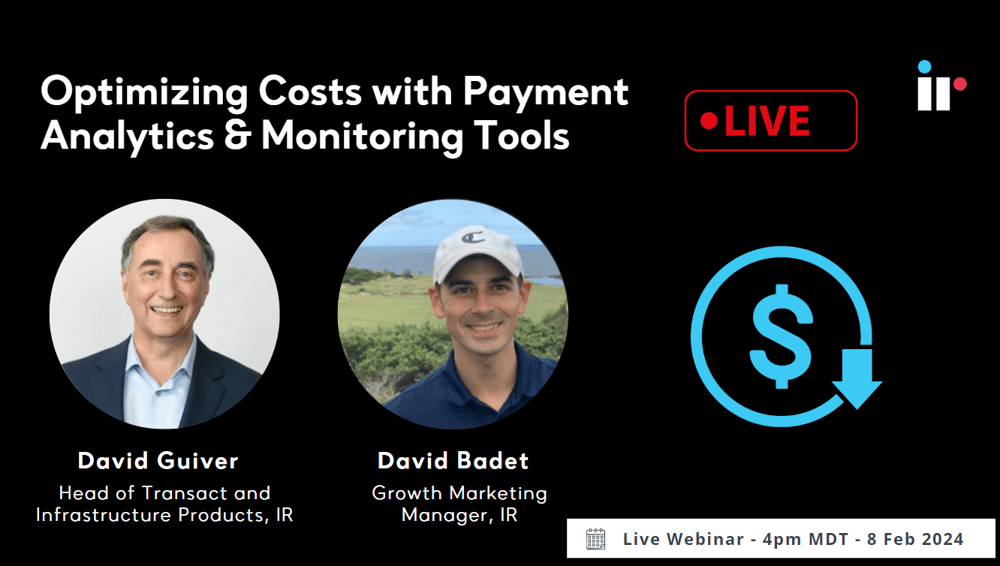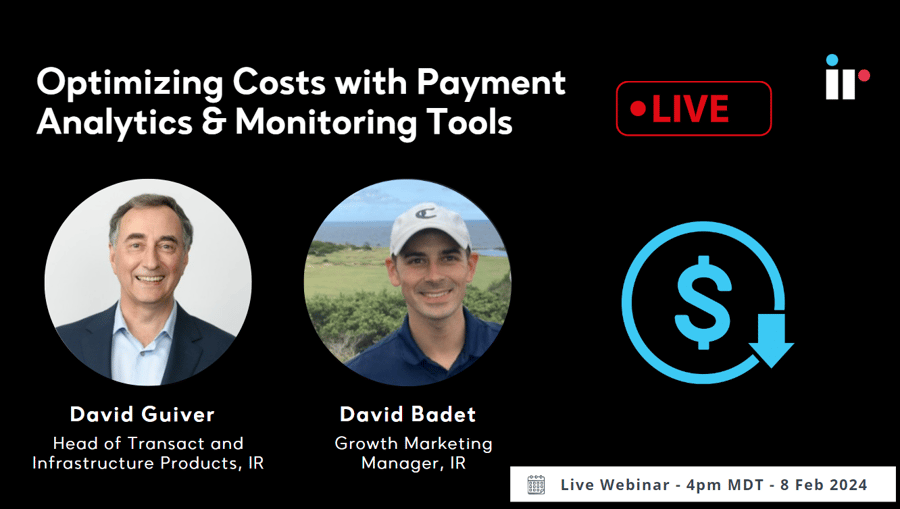Data-driven decision making is at the forefront of today’s payments industry. Without comprehensive analytics tools to view, organize, and understand data, financial organizations are powerless to stay ahead of the game.
Effective monitoring and analytics are critical in today’s fast-evolving financial environment and should be a key part of any business strategy to help boost revenue growth and enhance customer experience.
In our recent webinar, we help you to gain valuable insights into optimizing costs and enhancing the reliability of payment systems through advanced analytics and monitoring tools.
Changes in technology within the financial sector in recent years, along with a massive swing in customer expectations has forced the spotlight on data analytics.
As a result, the focus for many banks and financial institutions has been to improve their data analytics systems and this has helped the banking industry optimize processes, reduce costs, and streamline operations.
No other industry is as complex as today’s payments industry, so monitoring and stringent data analysis is mission critical. Without it, banks and financial organizations are left exposed to frequent payment failure, minor and major outages, resulting in crippling downtime.
The benefits of payment monitoring and analytics
Through payment monitoring and analytics, banks and financial institutions have a clear window through which to see everything within their payment systems in real time.
This allows them to manage risks associated with transactions, as well as system anomalies. It includes:
- Faster and more accurate identification of system outages and how the outage is likely to affect business operations.
- Automation, such as AI-driven chatbots and virtual assistants allows banks more operational efficiently and less human error. As a result, financial institutions can respond to unexpected events faster, as well as streamlining planned deployments and migrations.
- The payments industry deals with massive data volumes. Analytics can detect variations and volatility in network loads.
- By implementing a comprehensive monitoring system, banks and financial institutions have the best tools in hand to mitigate revenue loss.
- Analytics can help financial institutions develop personalized and targeted marketing to their customers.

The financial impact of a payment outage
Even a limited period of downtime could cost between thousands and millions of dollars. Here’s an example:
Let’s say a financial institution processes 1 million payments in an hour with an average value of $100. A hardware malfunction causes an outage that impacts 10% of payments. This outage remains undetected for an hour and takes 4 hours to resolve. Assuming a 2% merchant service fee this results in $1 million dollars of lost revenue.

Transaction monitoring also provides actionable insights and information about profitability across all channels. CFOs and top-level execs can use this information to access KPI dashboards across a range of devices and locations.
In summary
IR Transact payment monitoring solutions bring real-time visibility to your entire payments ecosystem. This enables organizations to:
- Streamline operations and reduce operating costs.
- Gain the flexibility of adding new payment types, quickly spot patterns and solve problems to ensure successful deployments.
- Elevate customer experience with real-time insights, allowing proactive prevention of issues before they become customer-facing.
- Ensure full control, bringing deep visibility and insight into all inter-connected technologies and channels from a single point of view.
- Unlock insights from data that can help flag anomalies before they impact customers.
- Easily keep track of balance thresholds, flagged accounts an abnormal account usage.
- Monitor volumes, bottlenecks, processing backlogs and more, to stay ahead of disruptions before they have a serious impact.
- Customize dashboards that enable you to investigate and identify root cause of issues.
The level of visibility and control provided by advanced monitoring and payment analytics gives enterprise organizations peace of mind that all systems are optimized and networks are operating as they should.
Want to find out more? Watch the full webinar.





